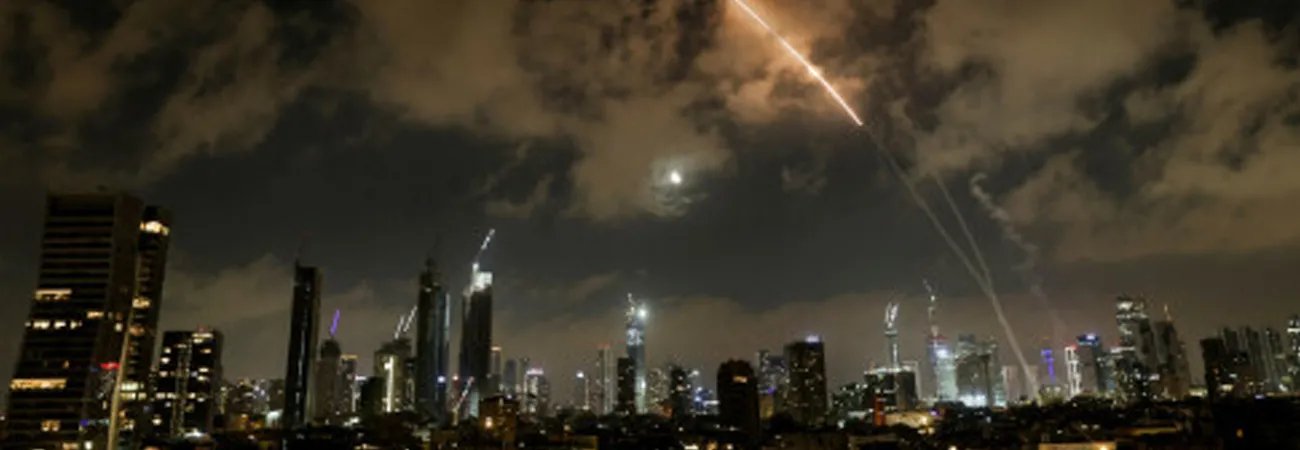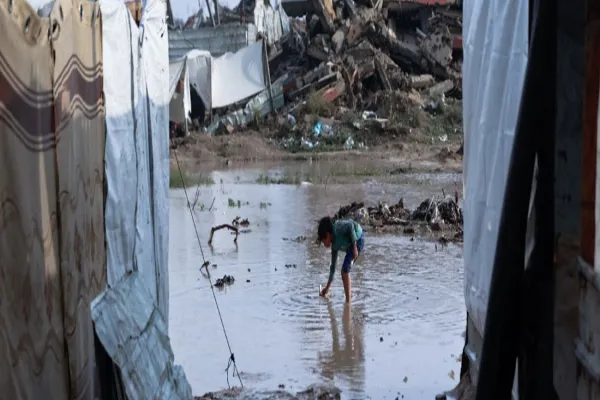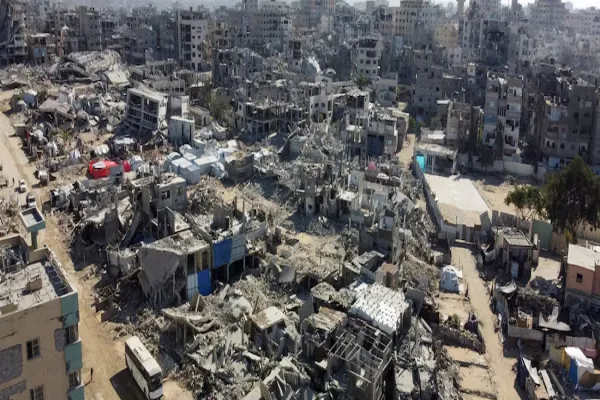i NEWS INTERNATIONAL
Iran and Israel launched new missile strikes at each other on Wednesday as the warfare between the two longtime enemies entered a sixth day, with US President Donald Trump calling for Iran’s unconditional surrender and fuelling questions about US involvement in the war. Israel launched wide-scale air strikes against Iran’s nuclear facilities, military sites and private residences on Friday, killing top commanders, scientists, and civilians.
It claimed the strikes are part of a broader operation codenamed ‘Rising Lion’ to deter Tehran’s nuclear ambitions, which the latter has consistently denied, saying its uranium enrichment programme is for civilian purposes. The Israeli military said two barrages of Iranian missiles were launched toward Israel in the first two hours of Wednesday morning. Explosions were heard over Tel Aviv.
Israel told residents in the area of Tehran to evacuate so its air force could strike Iranian military installations. Iranian news websites said explosions were heard in Tehran and the city of Karaj, west of the capital. Iran’s Revolutionary Guard Corps (IRGC) said that hypersonic missiles were used during the latest attack on Israel.
“The 11th wave of the proud Operation Honest Promise 3 using Fattah-1 missiles” was carried out, the Guards said in a statement carried by state television, claiming that Iranian forces “have gained complete control over the skies of the occupied territories”. Washington-based group Human Rights Activists put the total death toll in Iran at 585 people, with 1,326 other wounded, Washington Post reported. The group added that it had identified 239 of those killed in Israeli strikes as civilians and 126 as security personnel.
In its last update on Monday, Iran’s health ministry had said 224 Iranians had been killed and over 1,000 injured, most of them civilians. Israel says 24 people have been killed, mostly civilians. Residents of both countries have been evacuated or have fled. The IRGC last night claimed hitting a “major centre” of Israel’s Mossad intelligence agency in Tel Aviv, Tasnim reported.In a series of posts on Truth Social, Trump’s increasingly irate tone and choice of words indicated that the US was not far from intervening to support Israel, its closest ally in the region.
“We now have completely and total control of the skies over Iran,” he posted, prompting many to question what he meant by “we”. The US president has maintained that his country is not involved in the Iran-Israel conflict yet, but threatened Iran with severe consequences if it targeted US troops and assets in the Middle East. He then posted “unconditional surrender”, an apparent demand addressed at Tehran.
Trump also made a veiled threat against Ayatollah Ali Khamenei, saying “we know exactly where the so-called ‘Supreme Leader’ is hiding … We are not going to take him out (kill!), at least not for now”. Trump met for 90 minutes with his National Security Council on Tuesday afternoon to discuss the conflict, a White House official said. The meeting in the White House Situation Room lasted around one hour and 20 minutes, a White House official said.
Thomas Massie from Trump’s Republican Party said that he introduced an Iran War Powers Resolution with fellow lawmaker Ro Khanna to prohibit US involvement in the Israel-Iran war. “This is not our war. Even if it were, Congress must decide such matters according to our constitution,” he said. Democratic Rashida Tlaib, Ilhan Omar, Alexandria Ocasio-Cortez and Greg Casar were among several lawmakers who voiced their support for the resolution.
Trump’s sometimes contradictory and cryptic messaging about the conflict between close US ally Israel and longtime foe Iran has deepened the uncertainty surrounding the crisis. His public comments have ranged from military threats to diplomatic overtures, not uncommon for a president known for an often erratic approach to foreign policy. The most likely option under consideration by Trump would be the use of giant US “bunker-buster” bombs against Iran’s deeply buried Fordow nuclear facility that Israel’s bombs cannot reach.
The BBC’s Frank Gardner termed it the “30,000lb question”; the US has them, Israel doesn’t, he noted. The New York Times said Trump was also considering allowing US tanker aircraft to refuel Israeli combat jets so they could carry out long-range missions. Reuters reported yesterday that the US military was deploying more fighter aircraft to the Middle East and extending the deployment of other warplanes. The deployments include F-16, F-22 and F-35 fighter aircraft, and officials said had so far been used to shoot down drones and projectiles targeting Israel.
Credit: Independent News Pakistan (INP)









